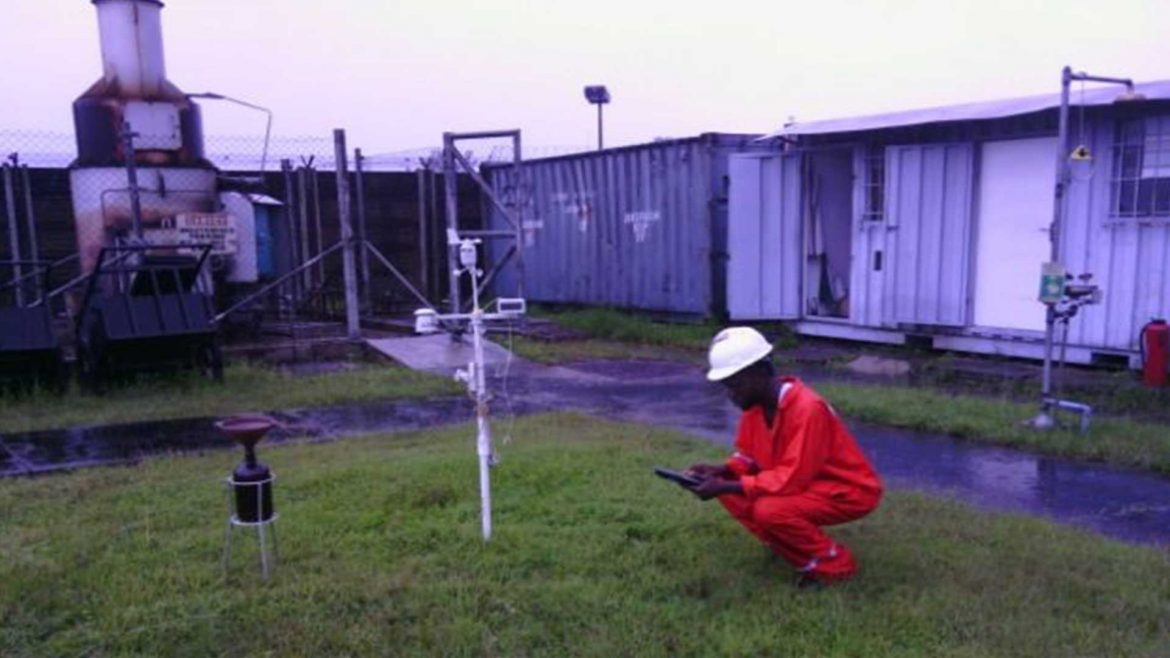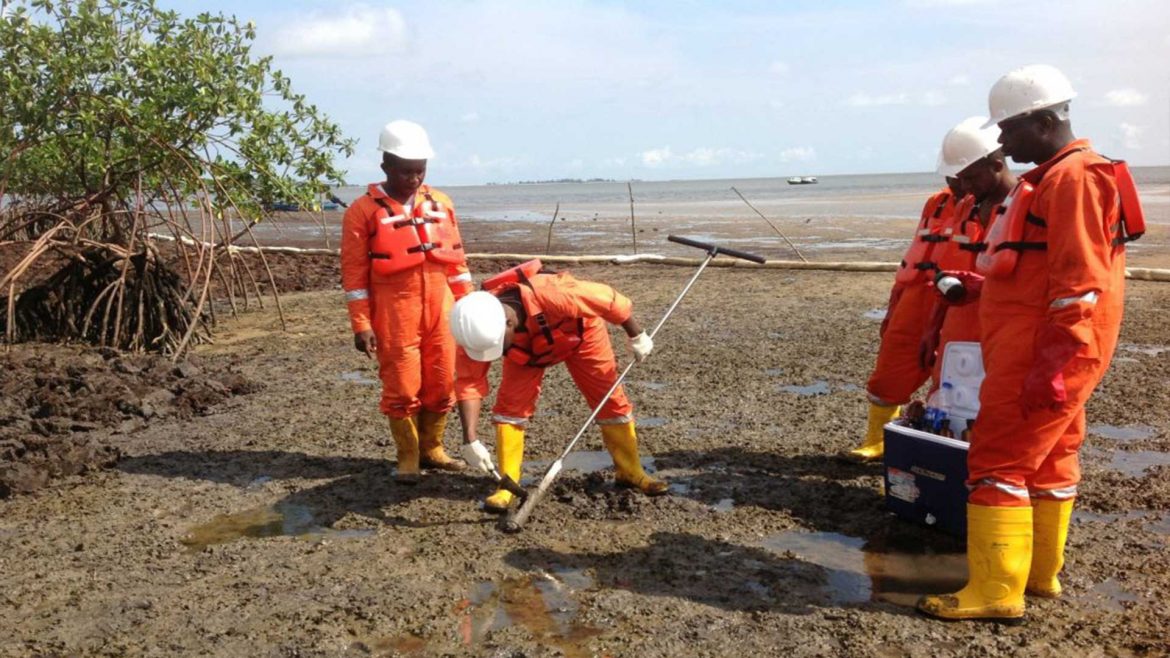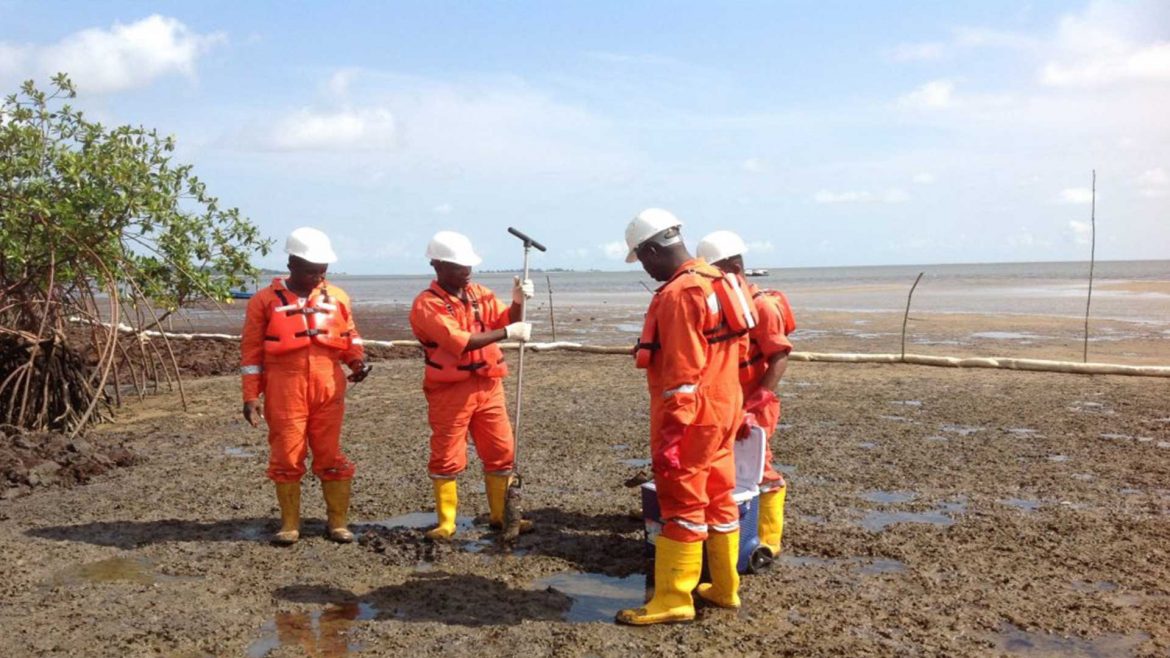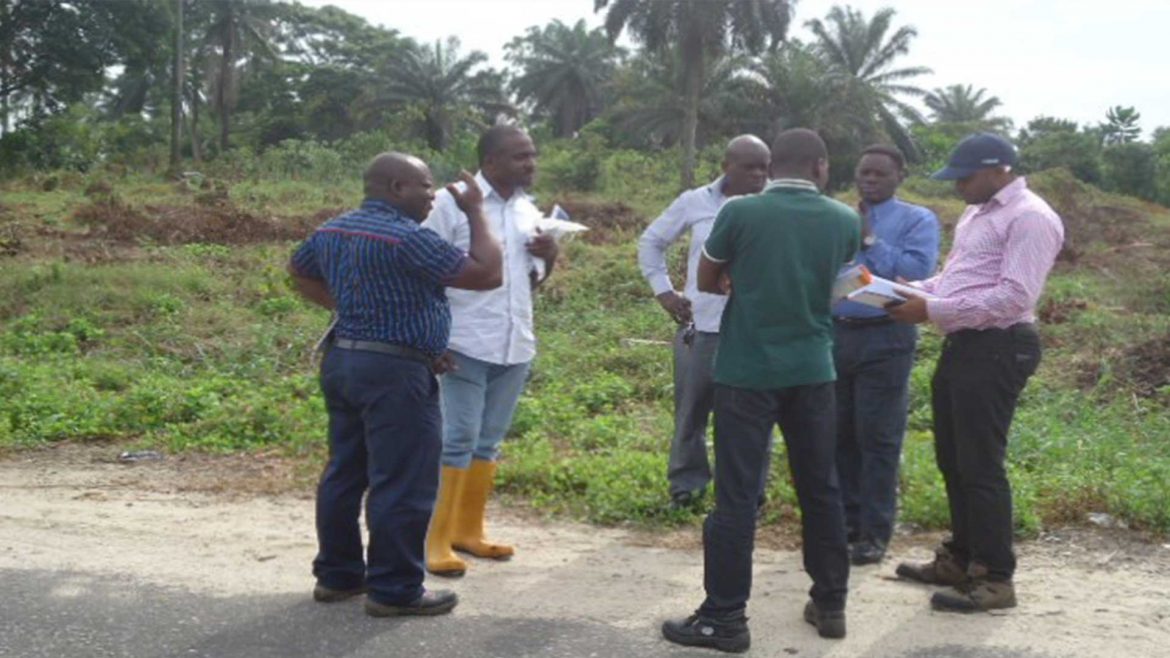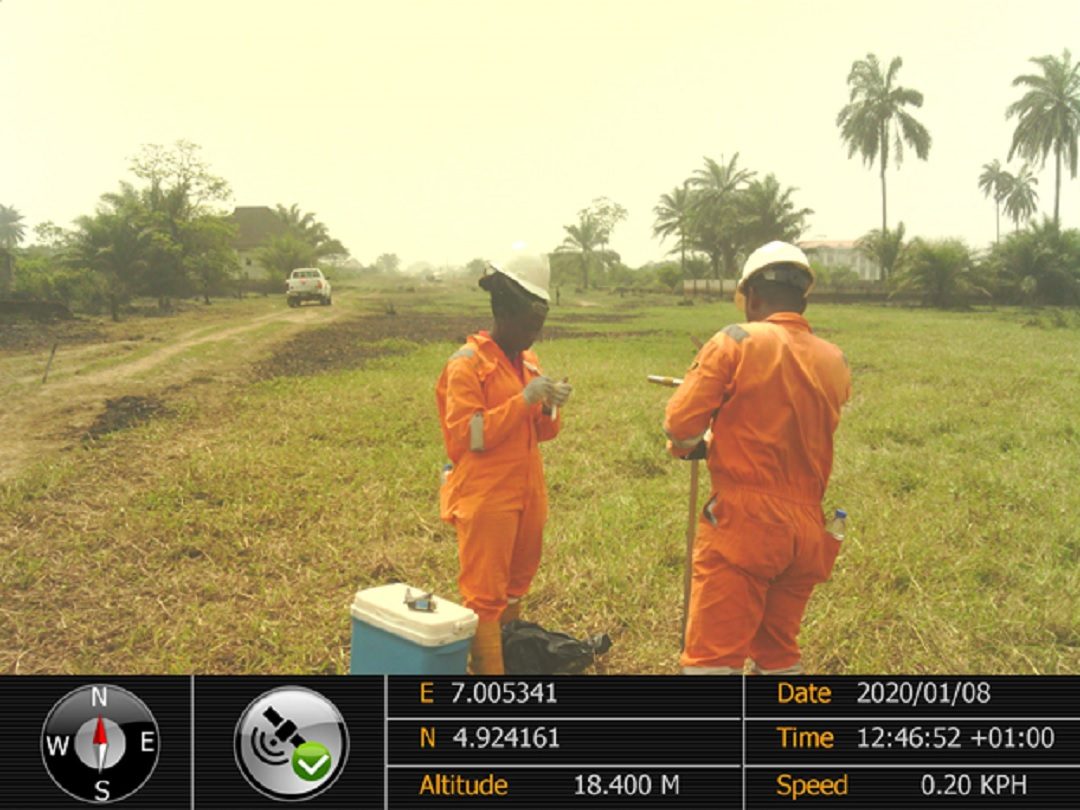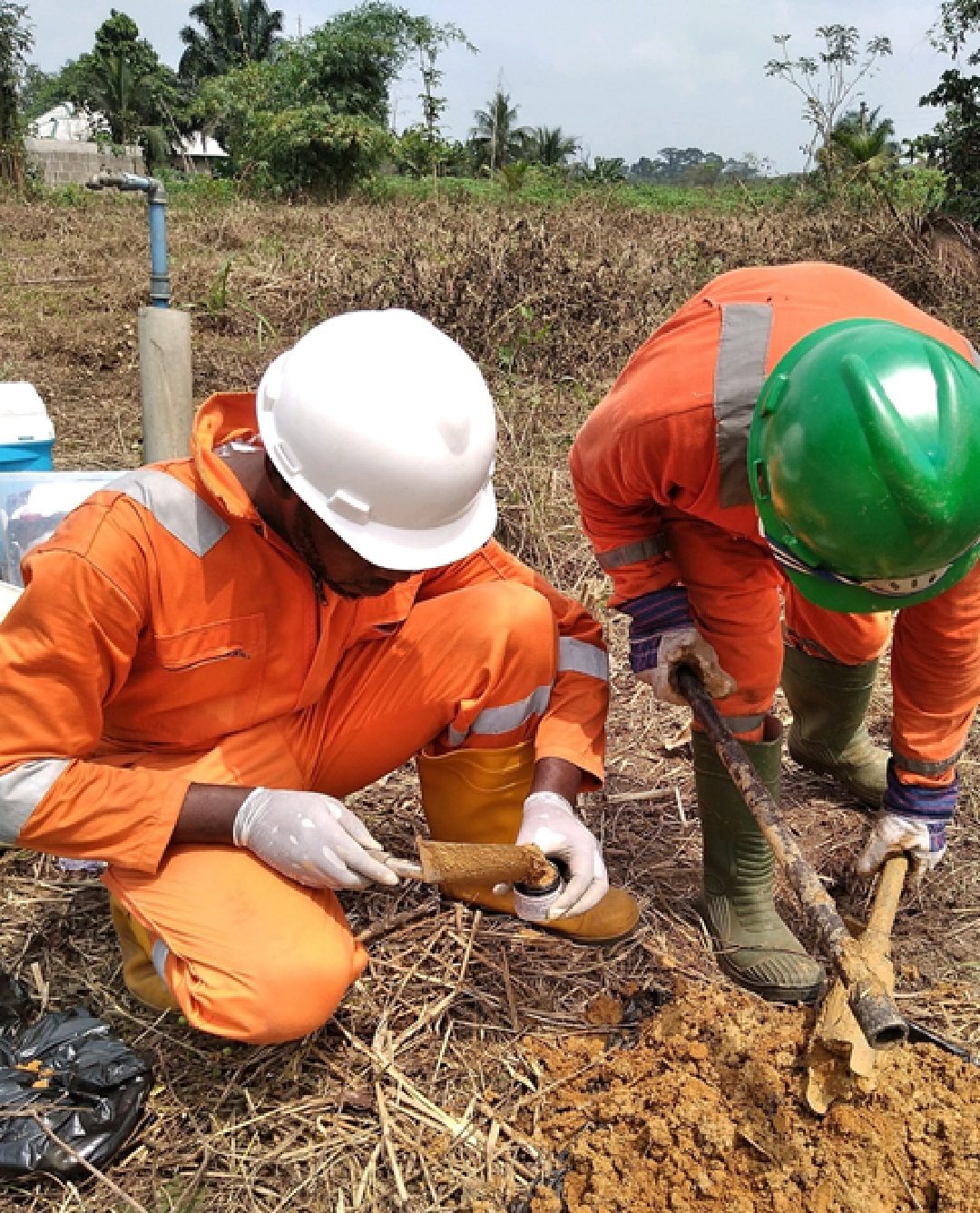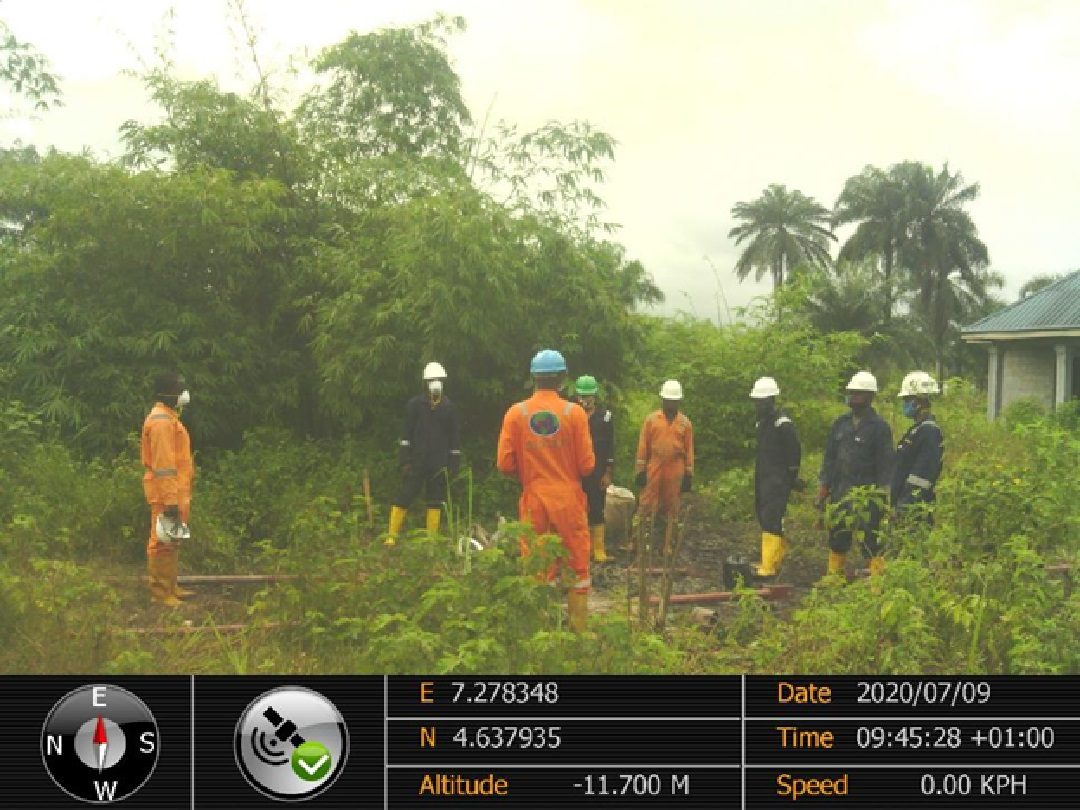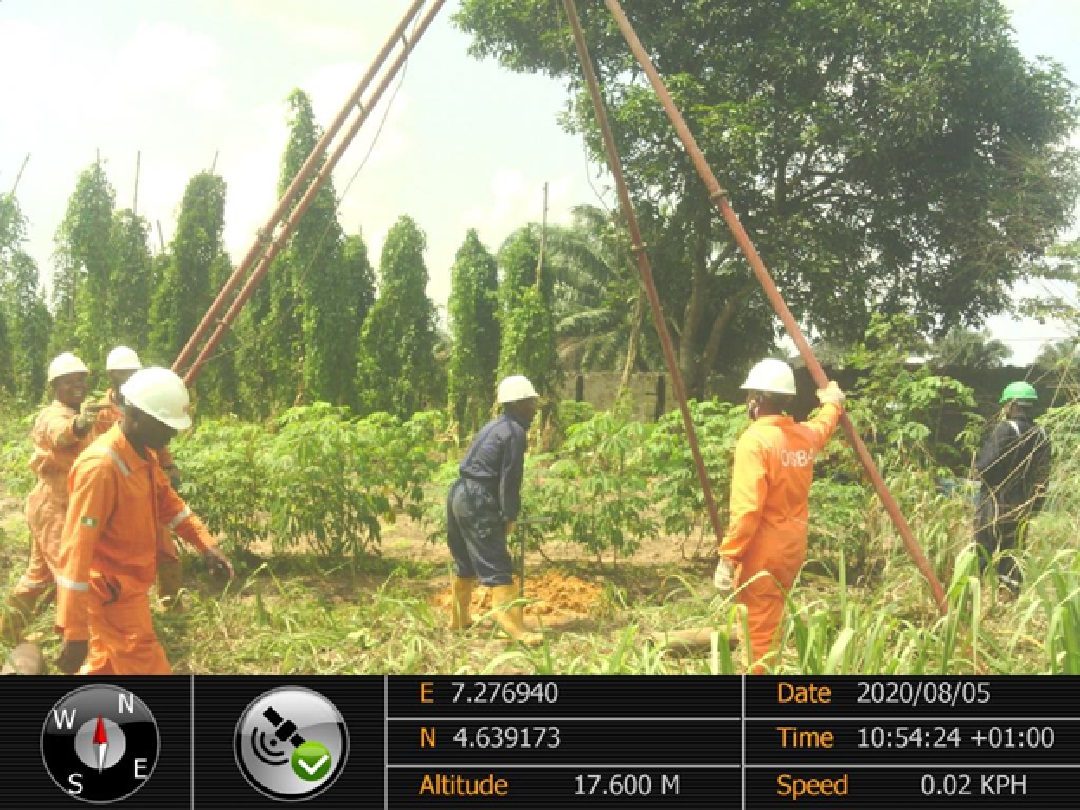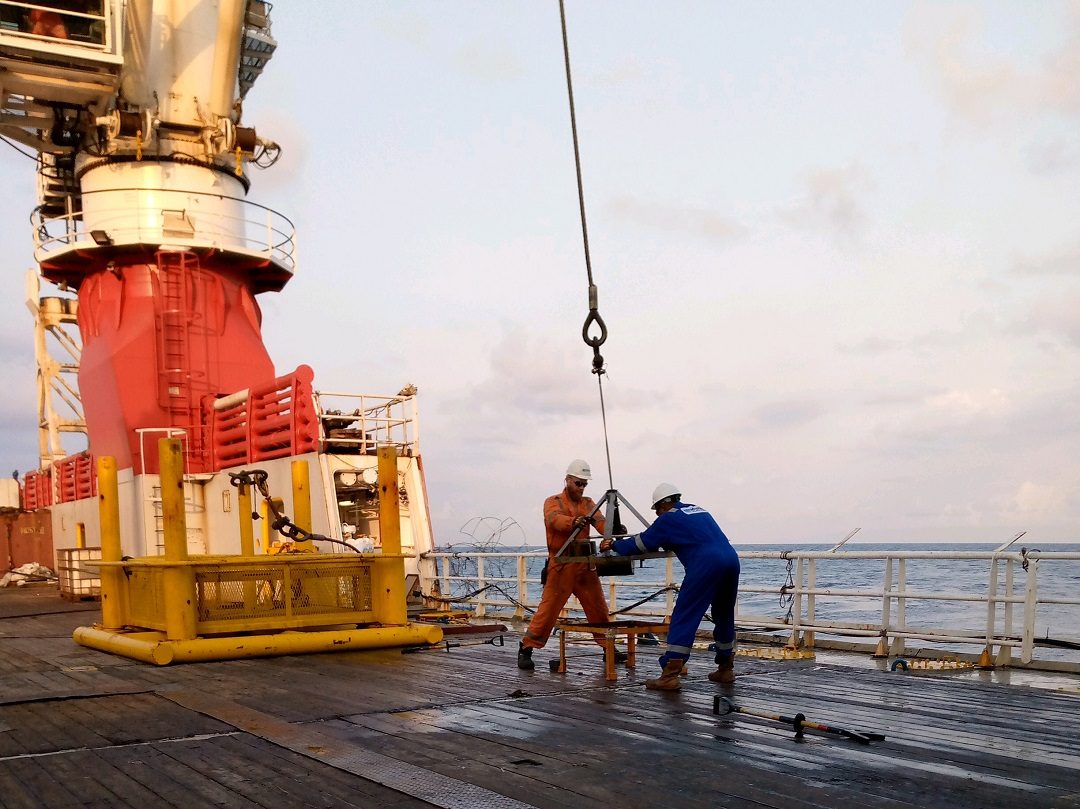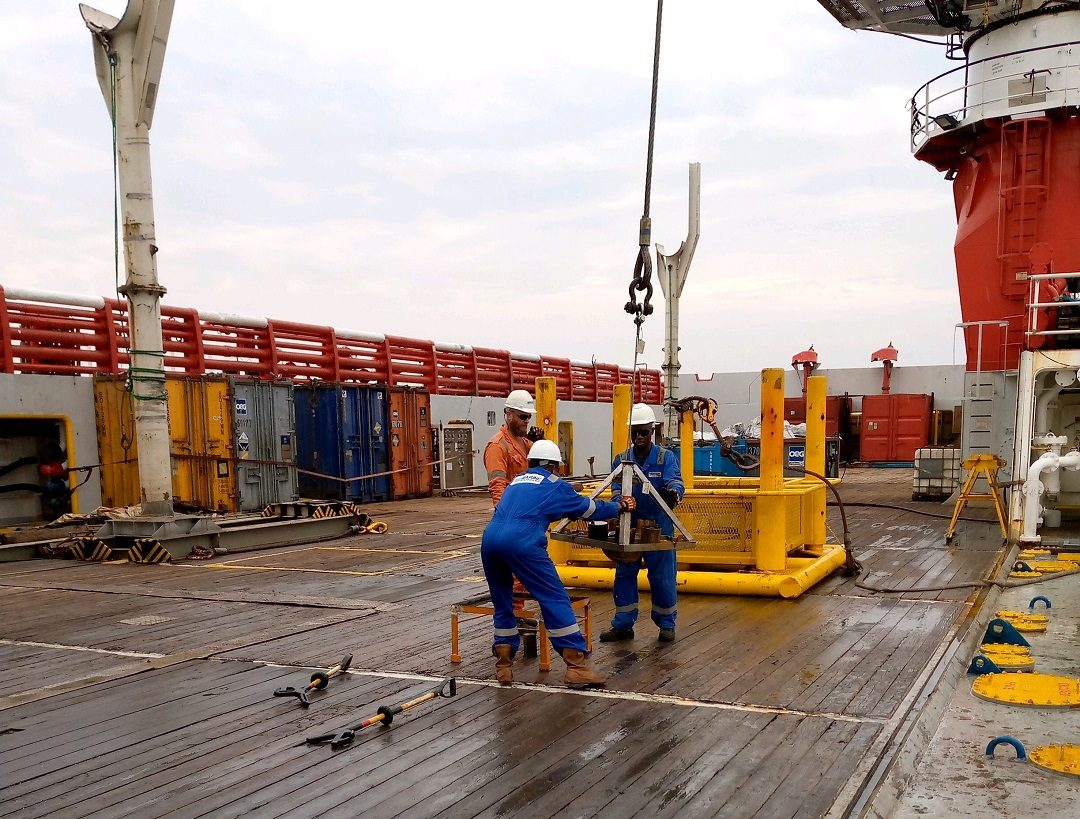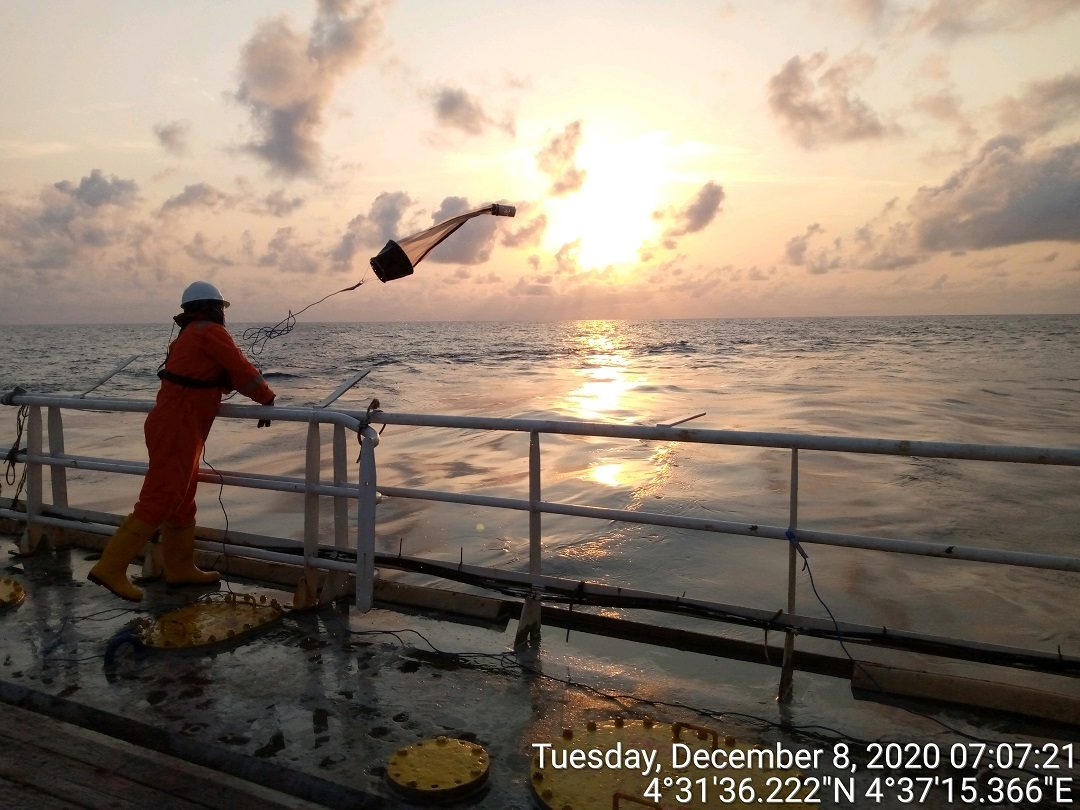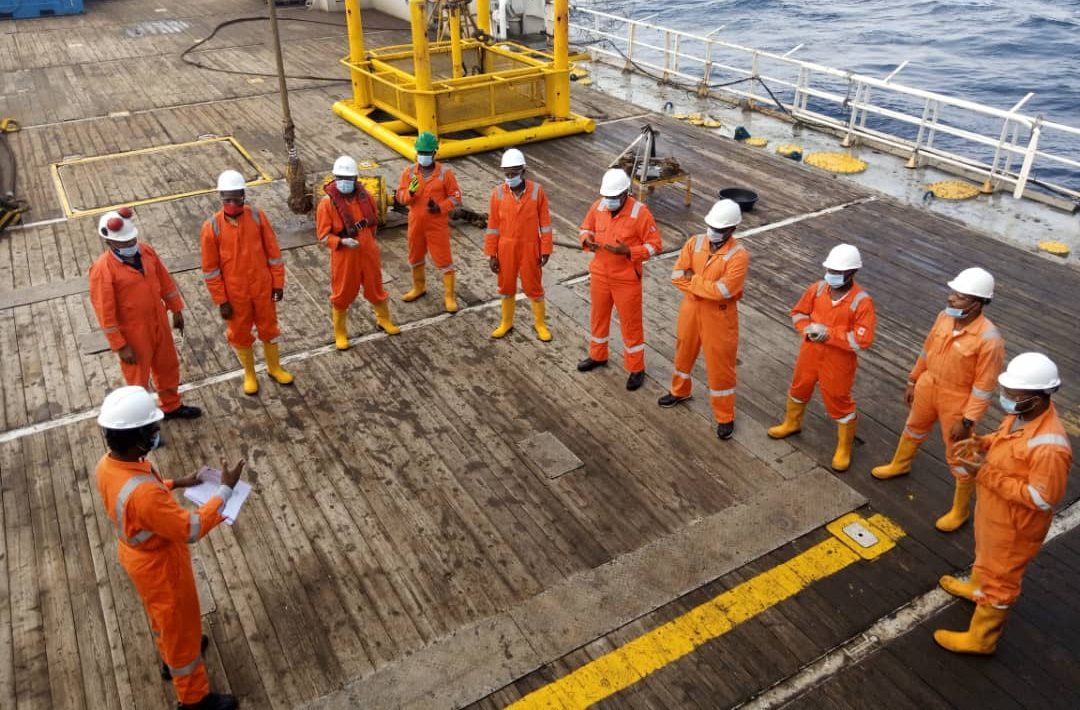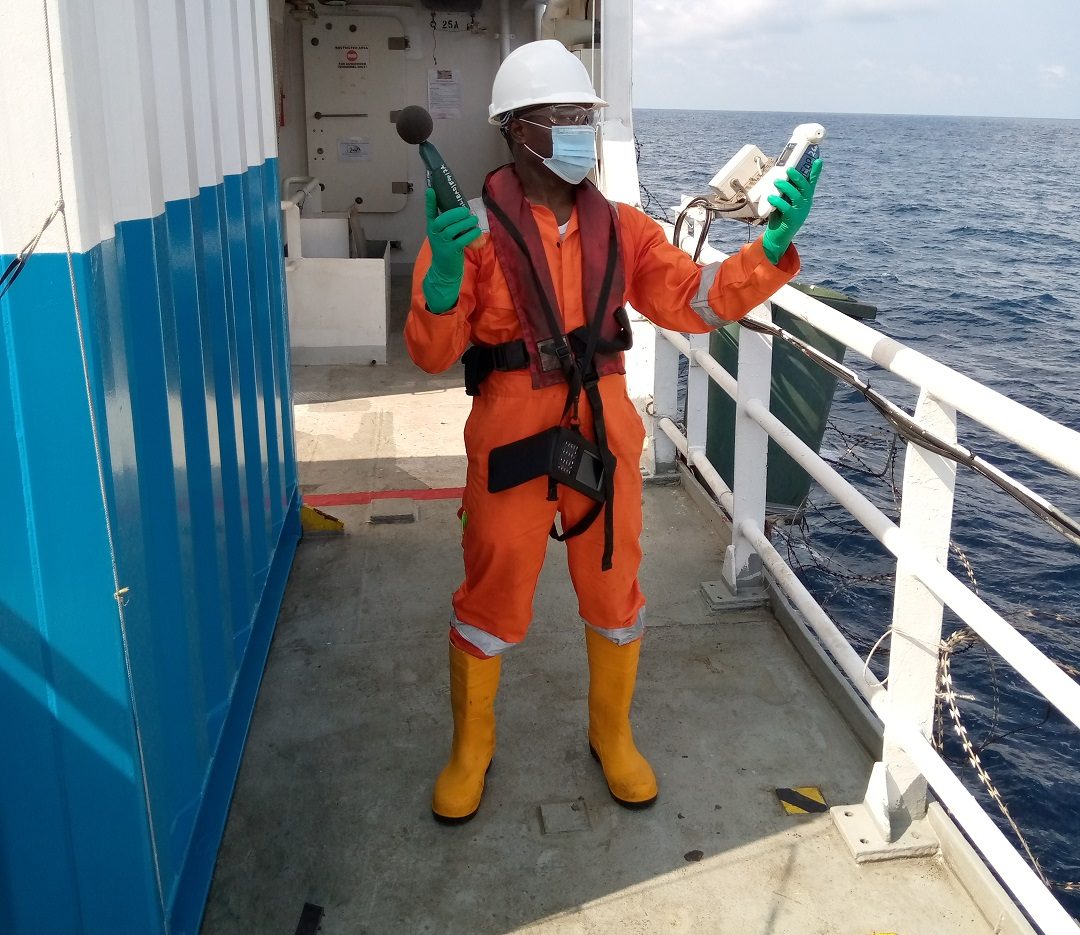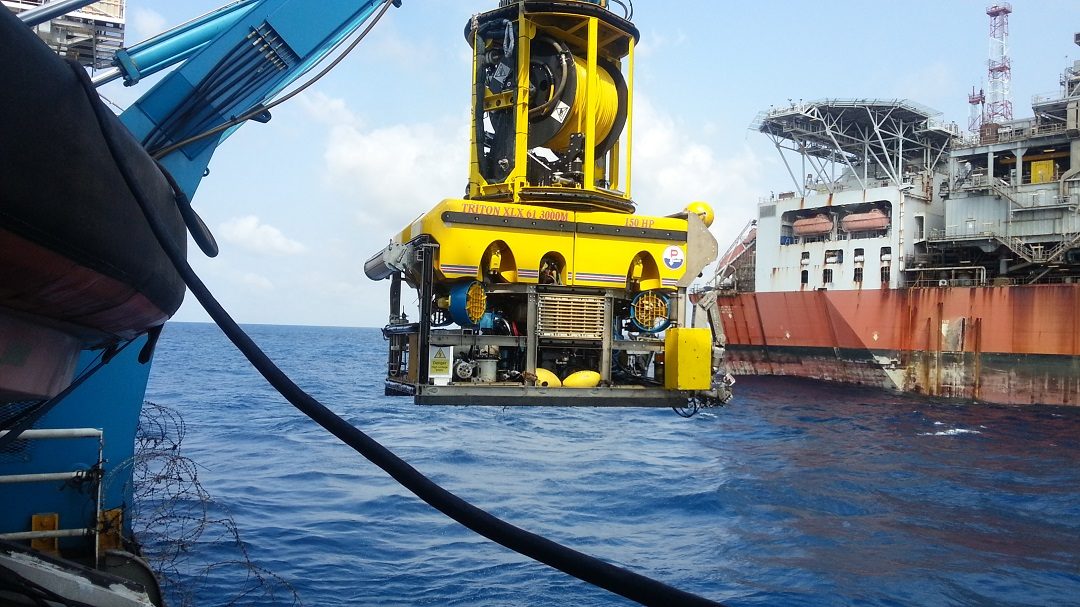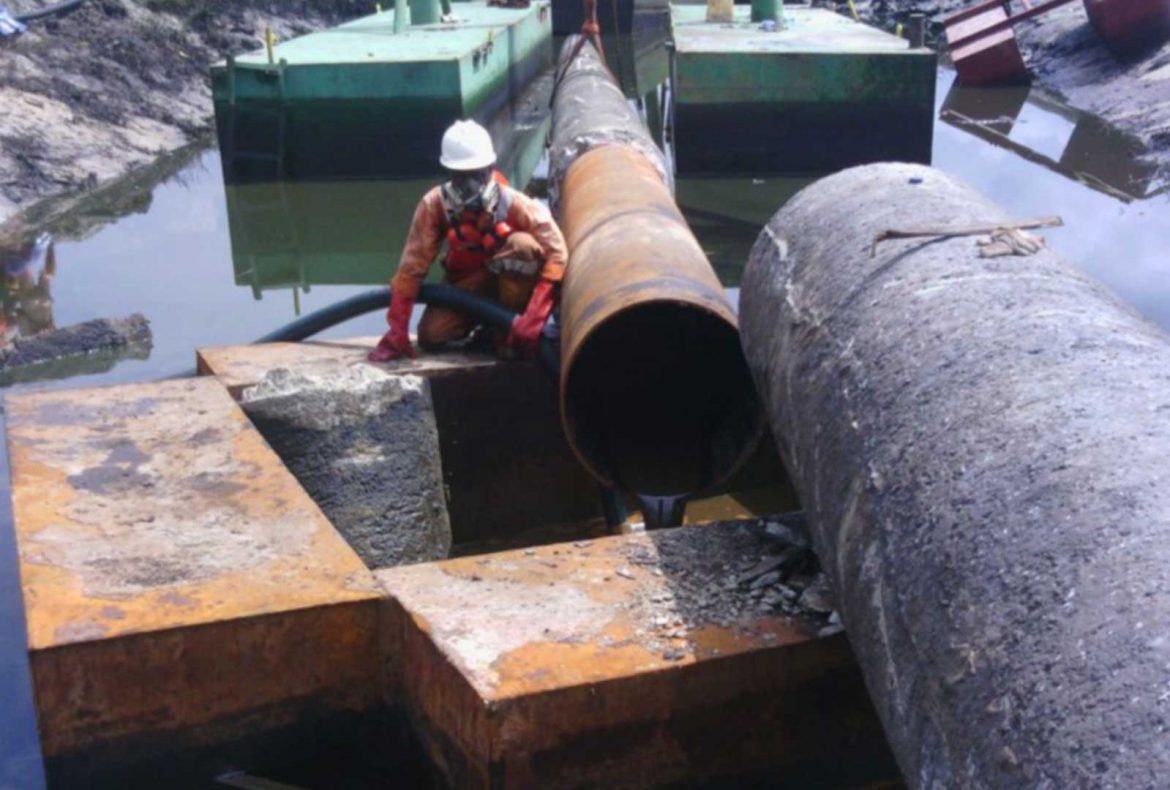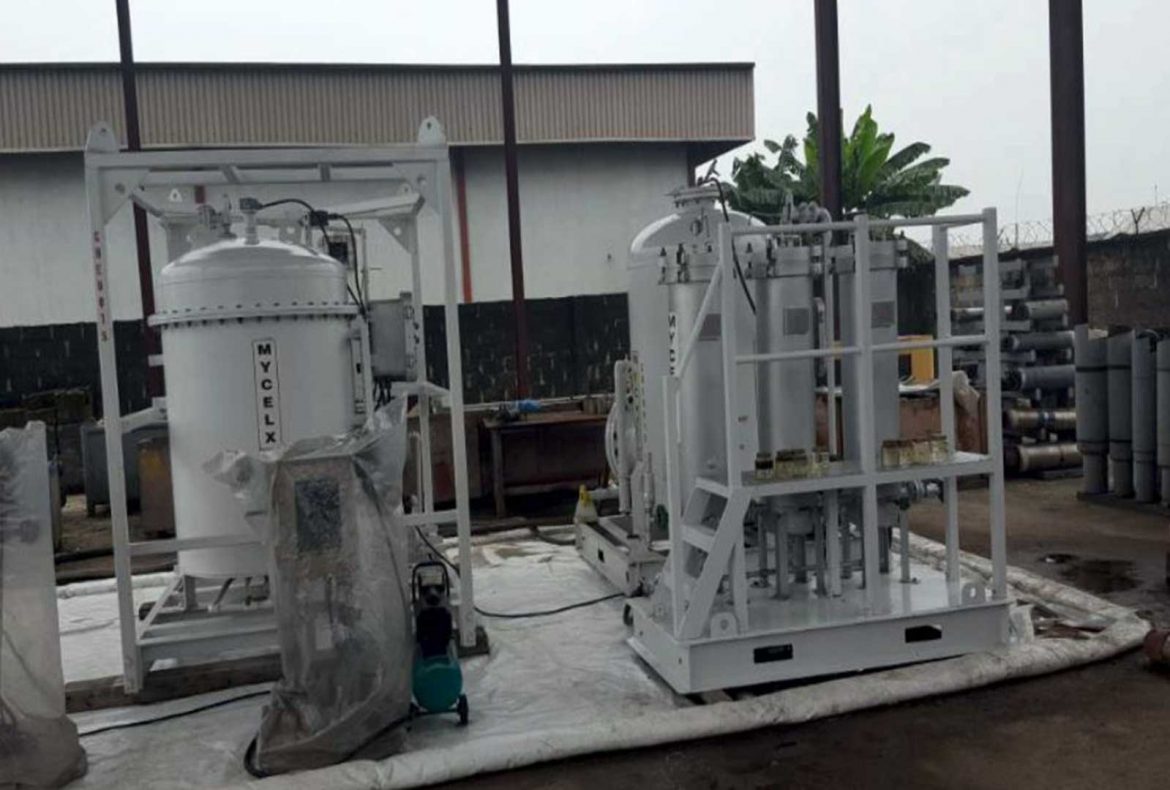Environmental Consultancy, Audit & Assessment
Introduction:
Giolee demonstrates her technical capacity in providing professional Environmental Studies and Services using her team of personnel and consultants / subject matter experts with the right competencies, skills and capability to carry out the scope of the job, as well as equipment / tools that meet national and international standards. We also wish to emphasize that all activities are always carried out in line with all national regulatory requirements and international best practices.
DEPARTMENTAL SCOPE
• Environmental Impact Assessment
• Cumulative Environmental Impact Assessment
• Environmental Evaluation Studies (EES)
• Environmental Audit
• Environmental Baseline Study
• Environmental Management Plan (EMP)
• Impact Mitigation Monitoring
• Waste Management Study
• Biological Monitoring
• Shoreline Cleanup and Assessment Technique (SCAT)
• Environmental Modeling
• Post Spill Impact Assessment (PSIA)
• Environmental Risk Assessment
• Due Diligence Study
• Decommissioning Study
• Facilitation of EIA Processes
EXECUTION STRATEGY
Environmental Impact Assessment (EIA): The Environmental Impact Assessment (EIA) study shall assess all biophysical (biodiversity, sediment, air quality, aquatic studies etc), social and health environmental impacts of the proposed project. The information obtained from the EIA shall forms a baseline for environmental performance evaluation of projects operations.
Environmental Baseline Study (EBS): The Environmental Baseline Study is the acquisition of relevant and appropriate data for determination of the current quality of the various environmental spheres/components.
Environmental Evaluation Study (EES): Environmental Evaluation Study evaluates the effect of an existing facility on the environment.
Cumulative Environmental Impact Assessment: Cumulative impact assessment is the process of assessing any cumulative environmental effects that are likely to result from a designated project in combination with other physical activities that have been or will be carried out.
Social Impact Assessment: The goal of the study is to determine the potential socio-economic impacts of proposed project on the communities within the operational area.
Health Impact Assessment: Health Impact Assessment is a multidisciplinary study aimed at predicting and assessing the health effects of development projects using qualitative, quantitative and participatory techniques. It is usually carried out before implementation of the project and ideally early in the planning stage.
Environmental Management Plan (EMP): The EMP shall be employed as a tool for the management of both the predicted environmental, social and health potential impacts and also the cumulative impacts of projects.
Waste Management Study: This is a study of the characteristics of the waste which shall be carried out to recommend the most appropriate method(s) / technology which will effectively manage the various streams of waste that will be generated at the different phases of a project. There will be the need for effective waste management of the several wastes types (solid, liquid and gaseous) which shall be generated from the different project phases.
Biological Monitoring: Biological variables are used to monitor the effects of pollution on the recipient ecosystem. This is done by linking the levels of chemical and physical concentrations of pollution indicator parameters in the water or sediment with tissue concentrations and then with effects on organisms, populations, communities and ultimately with the wellbeing of the ecosystems as a whole.
Shoreline Cleanup and Assessment Technique (SCAT): Shoreline Cleanup and Assessment Technique (SCAT) is a systematic survey of shoreline habitats impacted by spilled crude. It is a kind of Post Spill Impact Assessment for characterization of a shoreline impacted by crude oil spill. The degree to which each the assessment activities are carried out depends on the complexity of the spill. SCAT activities are flexible and can be modified as appropriate to suit specific spill conditions.
Post Spill Impact Assessment (PSIA): A post spill impact assessment is an assessment carried out after a spill has occurred to evaluate the extent and severity of the impact to the environment by carrying out a socioeconomic survey, damage assessment and biophysical assessment of the impacted environment.
• Standard Site Assessment Procedure
Site Assessment and characterization of a contaminated site is very critical to a proper site management process. A thorough and comprehensive site assessment is carried out in phases in a standard environmental site assessment. These phases guide in proper decision making about remediation actions. There are normally three phases depending on the size and complexity of the contaminated site, and ranges from the general to the specific.
Phase I: Site Information Assessment
The objective of phase I Assessment is to identify the potential contamination existence at any given site. In the execution of the phase I assessment, Giolee adopts the following four basic steps:
• Information Gathering about past and present uses of the site;
• Inspection site visit by an environmental professional (site reconnaissance)
• Document review from available environmental files maintained by client
• Preparing a preliminary report that identifies existing and potential sources of contamination on the property.
In general, The phase I assessment involves reviewing all available and relevant current and historical information reports, studies and other relevant documents prepared for legal, transactional or environmental reasons on a site. This activity is followed by a site reconnaissance visit with the aim of conducting a visual inspection of the site. This visit provides the information to estimate the likelihood, types and locations of contamination which may be present and help in the development of a field sampling plan or field-testing program as may be required to help in developing a conceptual site model (CSM).
Phase II: Reconnaissance Testing Program
The objective of this phase assessment is to build on the results of the Phase I assessment through sampling of the soil and water (Surface and ground water). This process confirms the presence and characteristics of the contaminants of concern (COC). In order to characterize the contamination and site conditions, this will require the carrying out of the sampling plan developed in Phase I. This plan will involve one or more field screening methods to identify suitable locations for more intrusive sampling and analysis. This will guide in delineating the concentration of contaminants and compare the levels with regulatory standards.
The assessment will confirm the presence of any contamination, provide an understanding of the nature of the contamination, with respect to location, quantity and direction of movement, and provide an understanding of the relevant site conditions such as soil type, groundwater flow, and exposure pathways. The information obtained from this exercise will be used to develop a conceptual site model (CSM) and Remedial Action Plan (RAP).
Phase III: Detailed Testing Program
The objective of this phase is to carry out a more detailed level of assessment that is intended to address any outstanding issues and information gaps following a Phase II assessment. The results of the Phase II ESA will determine whether a Phase III ESA is required. If sufficient data has been obtained at Phase II to characterize the site and any potential risk to human health, safety and the environment, then the process may move directly to developing a Remedial Action Plan (if it is required).



